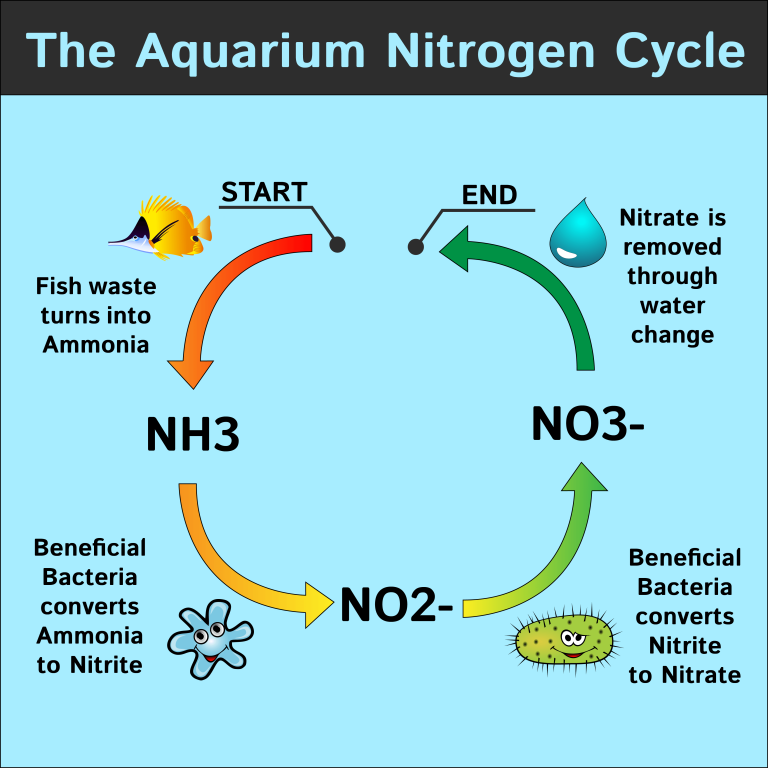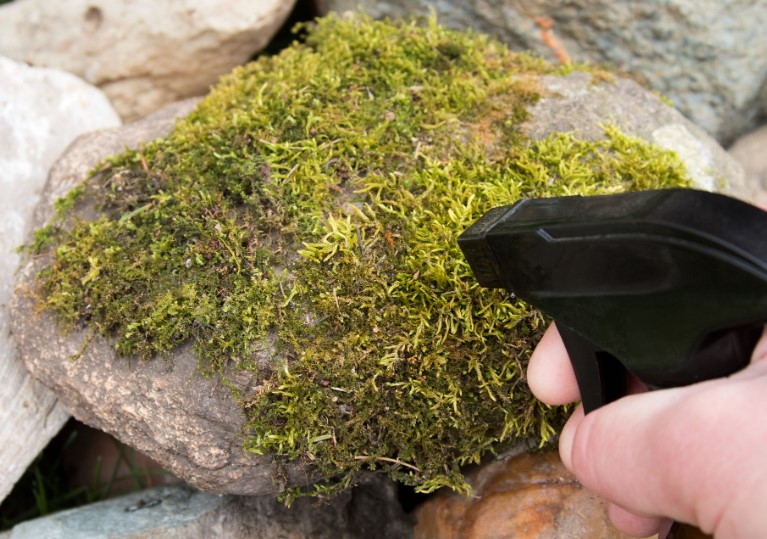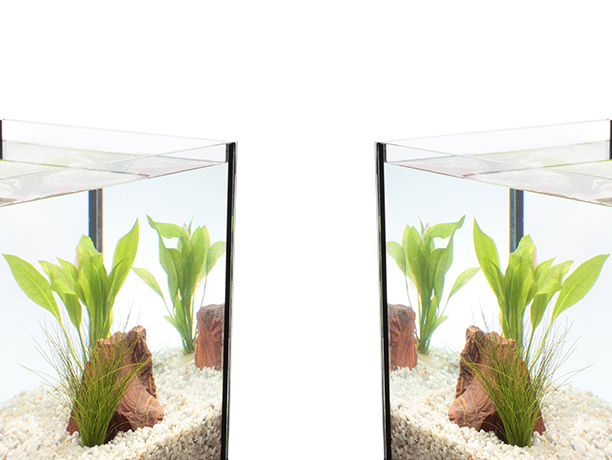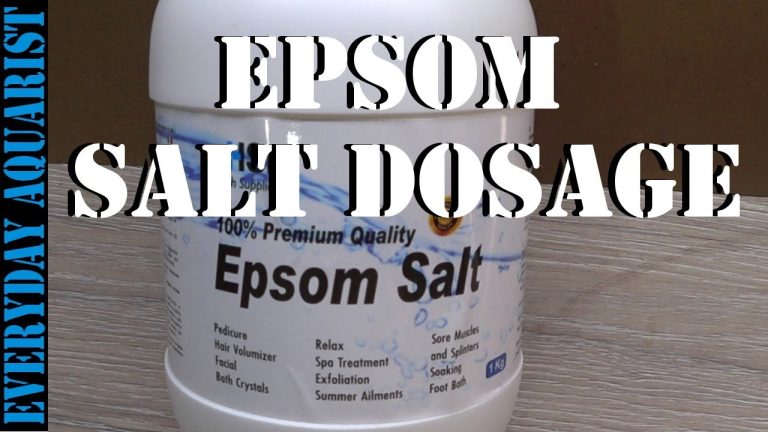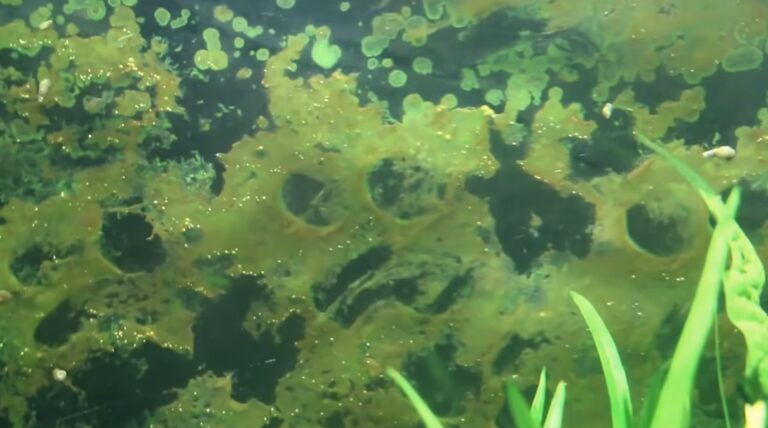Purple Algae In Saltwater Tank
Purple Algae in Saltwater Tank: Understanding and Managing the Issue
Is purple algae taking over your saltwater tank? Don’t panic! It’s a common issue that many marine aquarium enthusiasts face. While purple algae may not be harmful to your tank inhabitants, it can be unsightly and indicate an underlying problem. In this article, we’ll delve into the causes of purple algae blooms, how to manage and prevent them, and address some frequently asked questions surrounding this issue.
Causes of Purple Algae Blooms
Nutrient Imbalance
One common cause of purple algae blooms is a nutrient imbalance in your tank. Specifically, an excess of nutrients like nitrates and phosphates can fuel the growth of purple algae. These nutrients can come from overfeeding, decaying organic matter, or ineffective filtration systems.
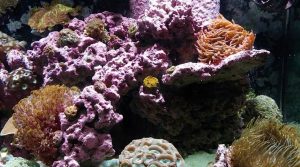
Insufficient Lighting
Lighting plays a crucial role in the health of your saltwater tank. Insufficient lighting can lead to the proliferation of purple algae. Corals and other photosynthetic organisms require specific light wavelengths to thrive, and without proper lighting, they may struggle while purple algae thrives.
Presence of Cyanobacteria
Cyanobacteria, also known as blue-green algae, can be a precursor to purple algae blooms. Cyanobacteria can create a favorable environment for purple algae growth by releasing excess nutrients and providing a substrate for attachment.
Managing and Preventing Purple Algae Blooms
Water Quality Management
Maintaining good water quality is vital when dealing with purple algae blooms. Regular water changes can help reduce nutrient levels in your tank, diluting excess nitrates and phosphates. You should also test your water parameters regularly and adjust as necessary to ensure optimal conditions for your tank inhabitants.
Proper Feeding Practices
Overfeeding is a common mistake in saltwater tank husbandry, and excess food can result in nutrient imbalances. Be mindful of how much you feed your fish and corals, and remove any uneaten food promptly. It’s also a good idea to consider using high-quality, easily digestible food to minimize waste and nutrient overload.
Invest in Efficient Filtration
A well-designed filtration system is essential for maintaining a healthy saltwater tank. Consider investing in a protein skimmer, which can effectively remove organic waste and excess nutrients before they can fuel the growth of purple algae. Additionally, mechanical filtration, such as filter socks or canister filters, can help trap particulate matter and prevent it from settling and decomposing in your tank.
Optimize Lighting
Ensure that your tank receives the proper lighting for photosynthetic organisms to thrive while minimizing the growth of purple algae. Research the lighting requirements of your corals and adjust your lighting setup accordingly. Some aquarists find success by utilizing a combination of LED lights with different spectrums to provide the ideal conditions for their tank inhabitants.
Address Cyanobacteria Issues
If you notice the presence of cyanobacteria in your tank, it’s crucial to address the issue promptly. Cyanobacteria can serve as a precursor for purple algae blooms and contribute to nutrient imbalances. Consider reducing the amount of light your tank receives temporarily, manually remove visible cyanobacteria, and maintain good water quality to discourage its growth.
Frequently Asked Questions
1.What is the difference between purple algae and red or green algae?
Unlike red or green algae, purple algae (more specifically, filamentous macroalgae) does not possess roots, stems, or leaves. It tends to form slimy or feathery clumps and can range in color from dark purple to bluish-green. Red and green algae are often microalgae and can have different structures and characteristics.
2.Is purple algae harmful to my saltwater tank?
In most cases, purple algae is not harmful to your tank inhabitants. However, its rapid growth can indicate imbalances or issues in your tank’s ecosystem that need to be addressed. Additionally, excessive purple algae growth can shade or outcompete corals and other desirable organisms, impacting their health and growth.
3.Can I manually remove purple algae from my tank?
Yes, manual removal is an effective method of controlling purple algae. Gently scrub your tank surfaces or use a siphon to remove excess algae. Remember to wear gloves and use appropriate tools to prevent accidentally damaging corals or other delicate organisms. Manual removal, along with addressing underlying causes, can help keep purple algae growth in check.
4.How long does it take to get rid of purple algae?
The timeframe for eliminating purple algae can vary depending on the severity of the bloom and the effectiveness of your corrective actions. With proper management practices, it is possible to significantly reduce purple algae within a few weeks. Consistency and patience are key in gradually restoring a healthy balance to your saltwater tank.
5.Can adding herbivorous fish help control purple algae growth?
Yes, adding herbivorous fish like tangs, blennies, or rabbitfish to your tank can help mitigate purple algae growth. These fish species are natural grazers and can consume algae, including purple algae, as part of their diet. However, it’s essential to ensure that your tank has sufficient space and resources to support the addition of these fish, as they have specific care requirements.
Final Thoughts
Dealing with purple algae in your saltwater tank can be frustrating, but with the right approach, it’s a challenge that can be overcome. By addressing the underlying causes and implementing proper management practices, you can create a balanced and vibrant marine ecosystem for your tank inhabitants to thrive. Stay vigilant, maintain good water quality, and don’t hesitate to seek advice from fellow aquarists or professionals in the field. With time and effort, you’ll regain control of your tank’s aesthetics and provide a healthier environment for your marine life to flourish.

